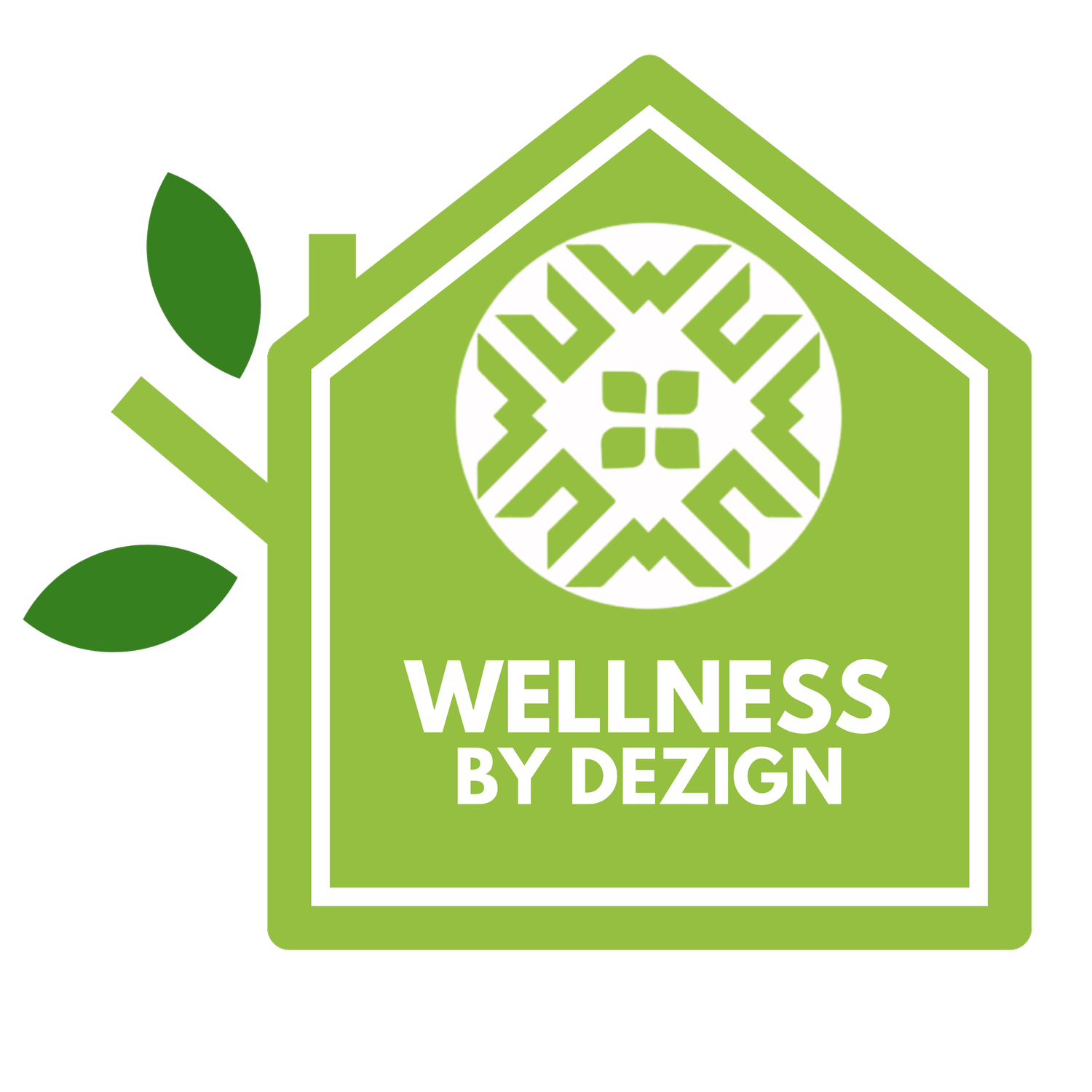Common Home Health Risks That May Be Making You Sick
Your home is a safe haven where you and your loved ones can relax away from the bustling world outside. Unfortunately, your property may be vulnerable to potential safety hazards that can threaten the health of you and your family. What's more, some of these dangers don’t show any obvious signs, making them difficult to detect. So, find out more about some issues to be aware of and how to detect them below.
Mold
Mold can appear in many colors from black to yellow to green
Exposure to mold exacerbates symptoms for people with allergies or asthma, as invisible spores circulate in the air and are inhaled. Early exposure to some types of mold in children may even increase the odds of allergy development. Insider.com lists signs that mold has infiltrated your property, including odors emanating from your HVAC system and peeling wallpaper. In this case, professional mold removal services are a must. Trying to do the job yourself will do more harm than good, as you are liable to disrupt delicate spores, causing them to settle elsewhere in the house and grow all over again.
Contaminated Water
Water can be contaminated by many things, including metals, excess acids, and even bacteria. Some contaminants have dire effects, for instance, lead in drinking water can cause serious illnesses, according to Pennsylvania State University. You can test the quality of your water using at-home strip tests. APEC Water lists the various contaminants water may contain as well as their causes, effects, and treatment. For example, corrosive water, while not necessarily harmful, can make for a bitter taste. A pH adjustment using a small metering pump and mixing tank can fix the issue.
Poor Ventilation
When a room isn't properly ventilated, contaminants build up and detract from the air quality. Warning signs include dust buildup on vents and surfaces in the house, inconsistent air distribution (one room heats up nicely during winter while another one remains frigid), and humidity issues. You can monitor humidity using a simple gadget that costs just a little over $10 on Amazon. There are many ways to improve ventilation in the home, for instance by adding a high-quality HEPA air filter to your HVAC system.
Radon Gas
Radon is a colorless and odorless gas linked to lung cancer. You can buy radon tests at most hardware stores: You place the device in the house for a specified amount of time and then send it to the designated manufacturer where the results are analyzed. If the levels are higher than 4 pCi/L then hire a state-certified radon mitigation contractor to bring levels down. According to the EPA, solutions include repairs like sealing cracks in the foundation and installing a heat recovery ventilator to bring in more outside air.
Pests
Pests can carry many diseases
Pests aren't just a nuisance — they are also a threat to your overall health; for example, cockroaches spread E. coli bacteria. Take a look at this list of common pests and how to identify them. Piles of "fish scales" are likely actually the shedded wings of termites, for instance. If you suspect pests, consult a pest control expert. After eradication, have your carpets professionally cleaned (or replaced, in severe cases) to eliminate dander and droppings, which exacerbate allergies and asthma. Carpet cleaning typically costs between $120 and $230, but this can depend on the cleaning method used, with carbonated cleaning being pricier than dry cleaning (just avoid harsh chemical treatments). Regular cleanings also combat dust mites, which are another harmful pest. With these pointers, you have all the info you need to detect potential safety hazards in your home. While it isn’t pleasant to consider that such dangers may exist under your roof, it’s better to take action and investigate than wait for medical symptoms to arise. By being proactive, you preserve your wellbeing and the integrity of your household. To learn more about informative and practical design tips and trends in wellness and interior design, sign up for the Wellness by Dezign Newsletter.
Article written by guest writer Bret Engle at DiyGuys.net. Visit DiyGuys.net for more eco-friendly tips!
Top photo from Pixel.




